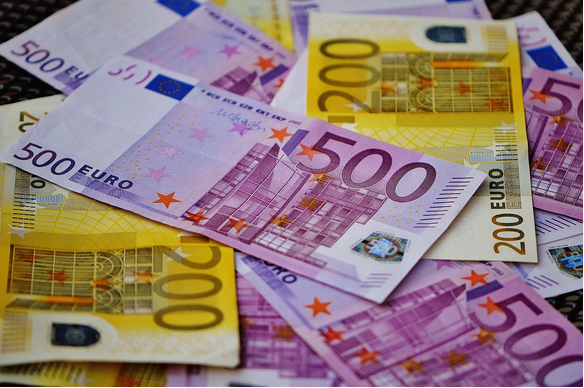The new survey data brings more positive news on the manufacturing front in the Euro Zone with output improving at its fastest rate in just over three years during April. Even so, overall factory activity in the Euro Zone still stayed in the contraction territory — if only just — but the production scale in turn witnessed such a heavy boost. And, in evidence of the Euro Zone’s three biggest economies showing tentative signs of improvement, figures from the latest survey pointed to growth.
Faster Growth of Output in Three Years Despite Continued Euro Zone Contraction
The Euro Zone final composite manufacturing Purchasing Managers’ Index (PMI) produced by HCOB and S&P Global increased to 49.0 in April. This comes after March’s reading of 48.6 and is the best the index has been in over two and a half years. However, the index is still just below the key 50 level, the line that divides expansion from contraction in overall economic activity in the Euro Zone.
It Encourages Increasing Production When Demand In the Euro Zone Is Still Weak
Such important findings would command expert analysis and comment, and Cyrus de la Rubia, Hamburg Commercial Bank’s most esteemed chief economist, said: “A fourth straight rise in the HCOB PMI may be regarded as a stabilization in the manufacturing sector. This is unexpected, considering the “number of uncertainties and shocks in recent months affecting the EuroZone. The output sub-index jumped to 51.5 in April, compared to March’s 50.5. This marks the highest level of production recorded in the Euro Zone since March 2022, despite overall demand remaining weak across the Euro Zone, production has increased for a second month.
Slowing Drop Brings a Ray of Hope to Euro Zone Manufacturers
Although new orders in the EuroZone labor market slipped further in April, it was at a much milder pace than in March, the slowest in almost three years. The sub-index that specifically measures new orders came in at a healthy 49.5, close to the neutral mark of 50 indicating almost a stabilization in this critical component of Euro Zone manufacturing activity. Yet, export markets continued to be the main worry for Euro Zone manufacturers, with the pace of drop in overseas orders sharper than overall new business from within the economic bloc.
Also Read: Euro Zone Economy Booms in Q1 2025 Amid Promising Growth and Lingering Uncertainty
The Decisive Improvement Throughout Major Euro Zone Economies
In the Euro Zone, the three largest economies of the bloc — Germany, France, and Italy — saw their indices improve visibly, with manufacturing PMIs coming out for April. While their respective indices were still below the contractionary level, the sharp upward trend visible across these major economies indicates that overall industrial momentum is finally moving in a more pleasant direction within the Euro Zone.
The strongest PMI reading from within the bloc was Greece at a solidly expansionary 53.2, followed closely by Ireland at 53.0. By contrast, the EuroZone found the worst PMI score in Austria, coming in at a worrisome 46.6. This was backed up by Mr. de la Rubia: “The industrial economy almost got stabilized by the turn of the month, with renewed production pick-up in Germany and France in April offsetting high inventories from March, while Italy is struggling to get back in positive territory.”
European Job Cuts Slow, Profits Pick Up
The manufacturer data was also mirrored by survey data indicating that employment levels in the Euro Zone’s manufacturing sector fell for the 23rd consecutive month. Still, the speed of job cuts was one of the lowest since June last year, indicating that facing the EuroZone factories labor market squeezed last time. In a more encouraging sign, Euro Zone manufacturers managed to improve their profit margins as input costs fell for the first time in November, while the pace of output price inflation also accelerated to its fastest pace in 2.5 years.
While these production and profitability trends bode well for continued growth, business confidence in the EuroZone’s manufacturing sector fell to a level not previously seen in 2025 so far, reflecting a continued tone of caution for factory operators. The upcoming release of the composite PMI, which includes the broader services sector, is awaited as it stands to provide a broader and more detailed insight into the EuroZone economy’s overall condition and direction.
Follow 10X Times for more business news.






